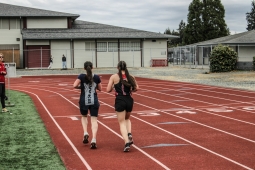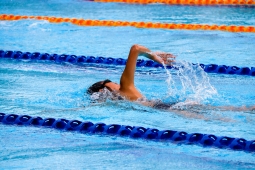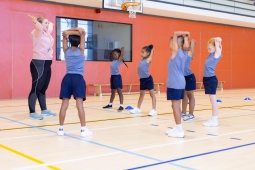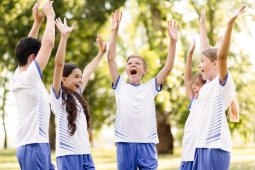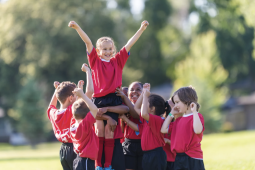Awaken Your Flame: Finding Balance in Teacher Wellbeing
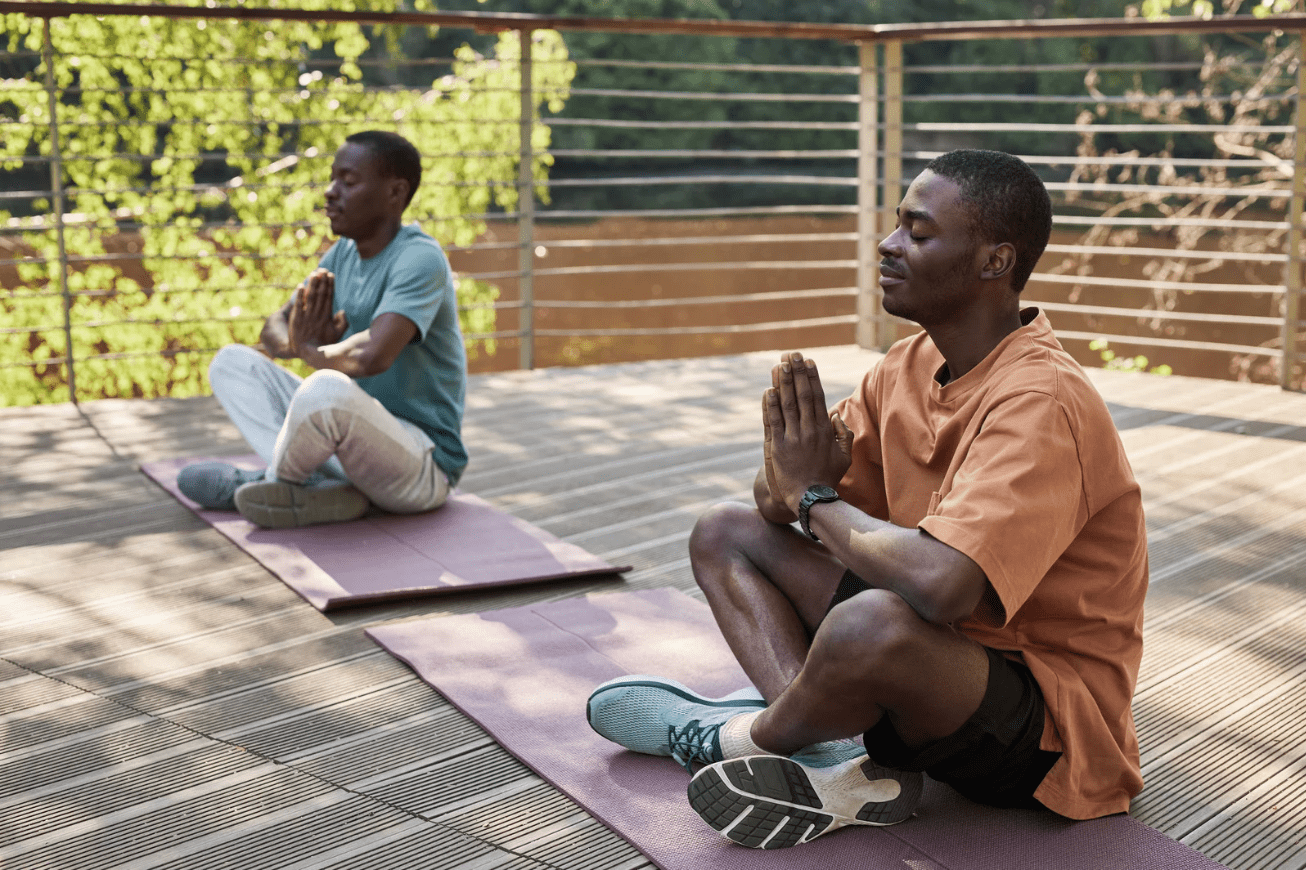
“Lead From Within”: A Fresh Approach to Teacher Wellbeing
Let’s be honest—teaching is a profession that can easily consume every part of who you are. You show up, day after day, pouring your energy, attention, and emotional output into your students. It’s no wonder that burnout is a word tossed around like confetti in our field. But here’s the truth most of us have learned the hard way: you can’t light the way for your students if your own flame has burned out.
I know this firsthand. My journey as a movement specialist, recovery coach, and educator didn’t start from a place of balance—it started from burnout. Decades of overextending, ignoring my body’s signals, and chasing external expectations led to serious physical consequences, including a double hip replacement. But it wasn’t until the pandemic forced everything to slow down that I truly paused. That period demanded I turn inward, focus on healing, and dig deep. It became a catalyst for profound recovery and transformation—not just in how I moved, but in how I lived, worked, and showed up for others. I want that for you.
Throughout my career—first as a classroom teacher and now as a post-secondary educator and wellness advocate—my passion for educator wellbeing has remained constant. Wellness isn’t something I view as an add-on. It’s the foundation. It’s the fuel that allows educators at every level to show up, lead, and thrive.
So, what exactly does it mean to "Awaken Your Flame" when it comes to teacher wellbeing?
Teacher Wellbeing Isn't a Luxury—It's a Necessity
The key message is simple: Teacher wellbeing is foundational, not optional. Your mental health and wellness must come first, always. This isn’t selfish. It’s sustainable. It’s strategic. And frankly, it’s essential if you want to be effective long-term in this profession.
We’re in a system that often praises self-sacrifice and glorifies exhaustion and over producing. But when you’re running on empty, the quality of your teaching, your relationships, and your personal life all take the hit. Teacher wellbeing has to flip the script. You can’t give to your students what you’re not giving yourself.
When teachers thrive, so do their students. Teacher wellness is about focusing on self-care strategies to reduce stress, prevent burnout, and combat compassion fatigue. It’s about cultivating resilience so you can show up—not drained, but fully present.
The Ripple Effect of a Burned-Out Teacher
Let’s talk ripple effects. When teachers neglect their own wellness, it shows up everywhere:
- Higher absenteeism
- Decreased patience and empathy
- Increased stress levels among students
- Lower creativity and flexibility in the classroom
But the opposite is also true. When teachers are well—mentally, physically, and emotionally—they create safe, inspired environments for students. They model self-regulation, resilience, and boundary-setting. Students aren’t there to just learn the curriculum - they learn how to navigate life, and teachers are their models.
I’ve seen firsthand how educators light up when they realize they have permission to prioritize themselves. In every workshop, coaching session, or wellness course I lead, I make it clear: teacher wellbeing isn’t a bonus, it’s the baseline.

Practical Strategies to Awaken Your Flame
So how do you actually put this "lead from within"approach into action? Here are a few practical strategies I teach, draw from in workshops and courses, and try to live by:
Micro Reset Moments
You don’t need a week-long retreat to reset. Incorporate 2-5 minute moments throughout your day:
- Close the door. Breathe intentionally.
- Step outside. Feel your feet on the ground.
- Do a shoulder roll, shake out tension, or take one song's worth of movement.
Small resets prevent big breakdowns.
Personalized Wellness Check-Ins
Use a simple weekly wellness inventory. Identify where you’re thriving and where you’re drained (mental, physical, emotional, social domains). This reflection guides small, intentional shifts.
Try it: At the start of each week, rate your wellbeing in these areas. Where are you giving too much? Where can you refill?
Boundaries Are the Real Self-Care
No trendy bubble baths here. Saying no is the ultimate self-care. Learn to:
- Protect your planning time.
- Set realistic limits on after-hours emails.
- Carve out time that's non-negotiable for YOU.
You can't be everything to everyone and expect to stay lit.
Embodied Practices That Actually Fit Your Life
No cookie-cutter wellness. The “one-size-fits-all” approaches to self-care—rigid routines like “wake up at 5am,” “meditate daily,” or “go to the gym three times a week”—assume that what works for one person works for everyone. While well-intentioned, these strategies often ignore individual needs, energy levels, and lived realities. For educators especially, these prescriptive methods can feel performative or even overwhelming. True wellness isn’t about ticking boxes—it’s about tuning in. A personalized, intuitive approach honours your body, your schedule, and your capacity. Sustainable well-being happens when we move in ways that feel real and right—not what the algorithm says. Your reset button should reflect your energy, interests, and schedule. Whether it’s breathwork, journaling, mindful movement, an intense strength training workout, sports or games you love, playing with you kids, a walk in nature, or focused nutrition—it needs to be something you’ll actually return to.
In workshops, I share how practices like mindfulness, breathwork, journaling, and even small movement or nutrition shifts can be woven into a teacher's day to foster resilience and support mental health.
My mantra? "You can’t get it wrong when you move YOUR way."
Keep Your Flame Lit
Teacher wellbeing isn’t a checkbox. It’s a commitment to keep your flame burning—not just for your students, but for yourself. When you lead from a place of vitality and balance, the ripple effect changes everything.
So, here’s your reminder: Your wellness matters. Your boundaries matter. Your flame matters.
Keep it lit.
Resources:
A free app offering guided meditations, breathwork, gentle movement, and sound healing. Great for introducing mindfulness to teachers in accessible ways. Michelle Hillier is a teacher on here.
2. Personal Wellness Tracker (see image above)
Professional development and SEL certification for educators centred on yoga, mindfulness, and social-emotional well-being.
5. Breath+Fire
Receive a complimentary Body Movement Blueprint to support you in creating a sustainable and joyful daily practice aligned with your elemental energy. Contact Michelle and quote PHECANADA2025.



